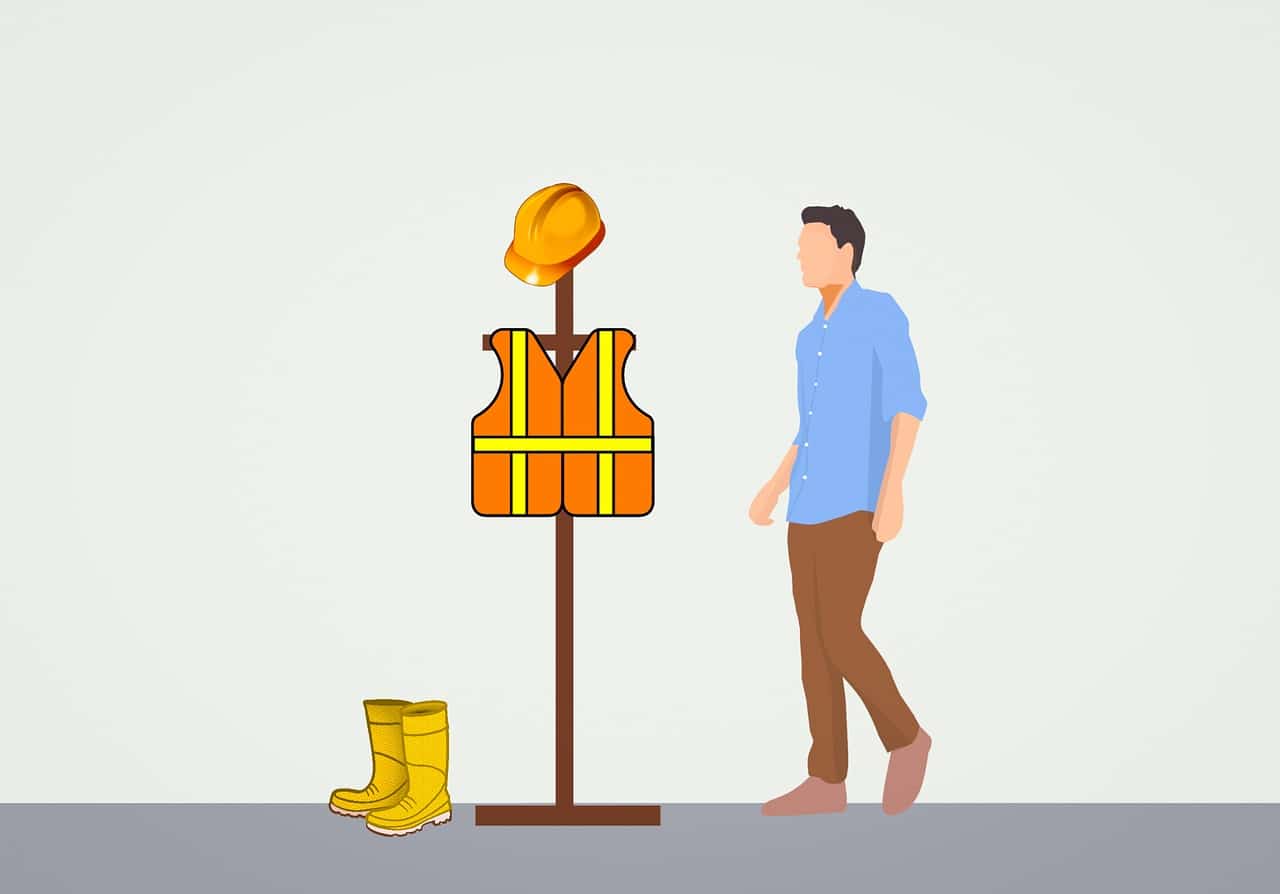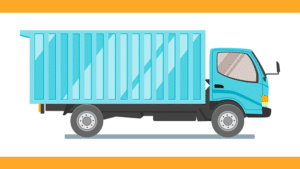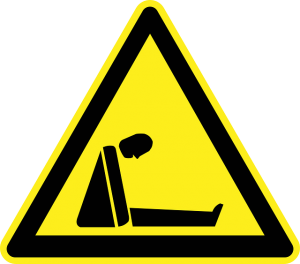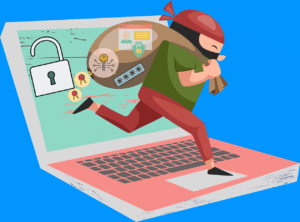Regardless of the number of employees who work for you, workplace safety is crucial, and it shouldn’t be taken lightly. Accidents may occur in all types of environments, so you should stay vigilant at all times. It’s also important to implement the correct measures that will help you foster a safe working environment for your team. You should ensure that your business complies with health and safety regulations and that you are fully equipped to handle unforeseen circumstances. Within this guide, you will find a few key things that you need to consider when it comes to improving safety in the workplace.
Identify Potential Hazards
Firstly, it’s advisable to take a good look around your workplace and see if you can identify any potential hazards. You should do this regularly, as some hazards can be easy to overlook. For example, frayed electrical cords can cause electrical shocks, so you should keep an eye out for them. Moreover, high levels of noise can result in damage to your hearing over time. In addition, if employees are often exposed to harmful substances, you should ensure they know how to stay protected. It might also be a good idea to review your accident records, as this can help you identify less obvious hazards.
Act Quickly
Whenever an unexpected problem arises, it’s crucial to act as quickly as possible to prevent workplace injuries or accidents. For example, if you notice that there is an electrical issue that you don’t know how to deal with, you should find a qualified electrician. There are many electricians in Edinburgh, but finding the right one can be difficult. Consider using MyBuilder to find high-quality local electricians or handymen who will be there to help you in times when you are trying to tackle a major issue. Thanks to the useful feedback system provided by MyBuilder, it’s easy to find trusted tradespeople for any job.
Provide The Right Equipment
If your employees need to use specific tools or equipment, it’s important to implement a proper maintenance schedule. Moreover, you will need to check that the equipment you have chosen is suitable for the job that it’s being used for. Ensure that it is safe at all times by inspecting it at suitable intervals. Don’t forget to inspect it before first use to assess the risks of using it on a regular basis. When dealing with old equipment, you should always confirm that it is properly handled and stored. Make sure you dispose of it correctly when you no longer need it.
Talk To Employees About Safety
It’s vital to set aside time each week or month to talk to your employees about workplace safety. This can be a great opportunity to have discussions about safety rules and the quality of the current measures that have been introduced. Getting feedback from your team will help you make improvements and answer any questions they might have. Employees may mention safety hazards, which you might not have noticed. Moreover, these discussions can help you foster a safety culture in your workplace.
Create Visual Safety Aids
Sometimes employees may need a reminder to pay attention to health and safety hazards. Therefore, you may want to use visual safety aids to make important information easily accessible. For instance, placing posters, colour codes, labels, and signs around your workplace can be helpful. They will ensure that employees can stay up-to-day with the latest rules and regulations, as well as any news and messages you want to share. Moreover, it might be beneficial to use digital signage as well, which makes it easier to warn employees of emergency situations in the building.
Prepare An Emergency Plan
Preparing a company emergency plan is another key thing to consider, as it’s likely that you will go through a range of emergency situations. Consequently, it’s essential to make sure that employees know how to react and what guidance they should follow in each situation. An effective emergency plan will also help you demonstrate your commitment to safety and minimise the risk of injuries as a result of panic or slow responses. When developing an emergency plan, it’s important to set up an evacuation procedure for employees, as well as mention the exit points.
Keep Learning About Safety
Depending on the industry that you are working in, there might be additional requirements that you will need to consider. However, the most important thing to remember is that safety is an ever-evolving area. This means that you should never stop learning and looking for new ways to improve the safety of your employees. For example, it might be helpful to connect with other professionals in your field to find out what types of measures they are using at the moment. What is more, this will help you stay informed about the latest news on health and safety. You will also benefit from diverse perspectives, which will allow you to optimise your strategy.
Bio – An avid sports lover and creative writer, Jodie loves nothing more than sharing her insight into her favourite topics. As well as rugby and football, Jodie also enjoys writing about business and translating complicated corporate jargon into digestible and insightful content.

















































